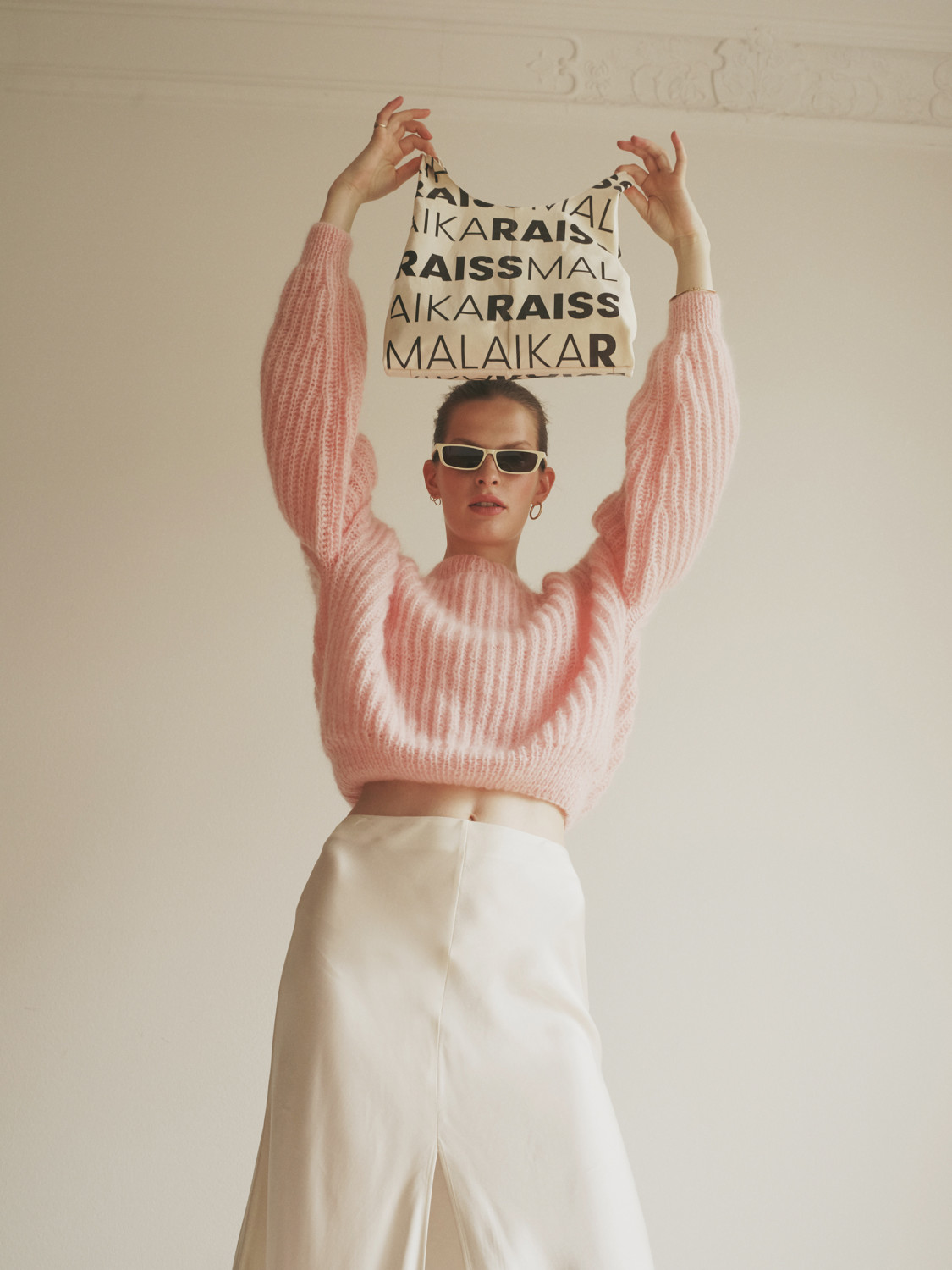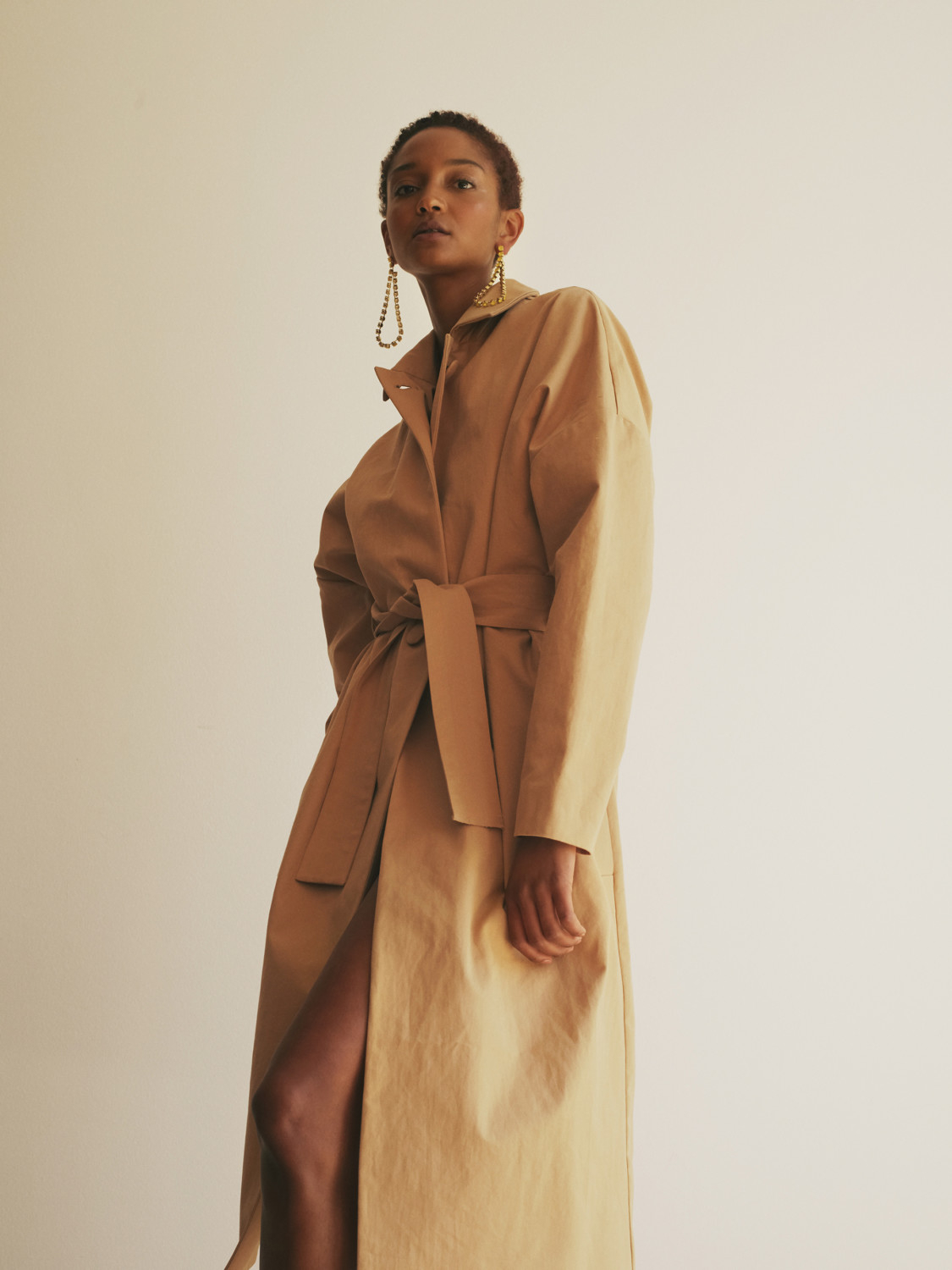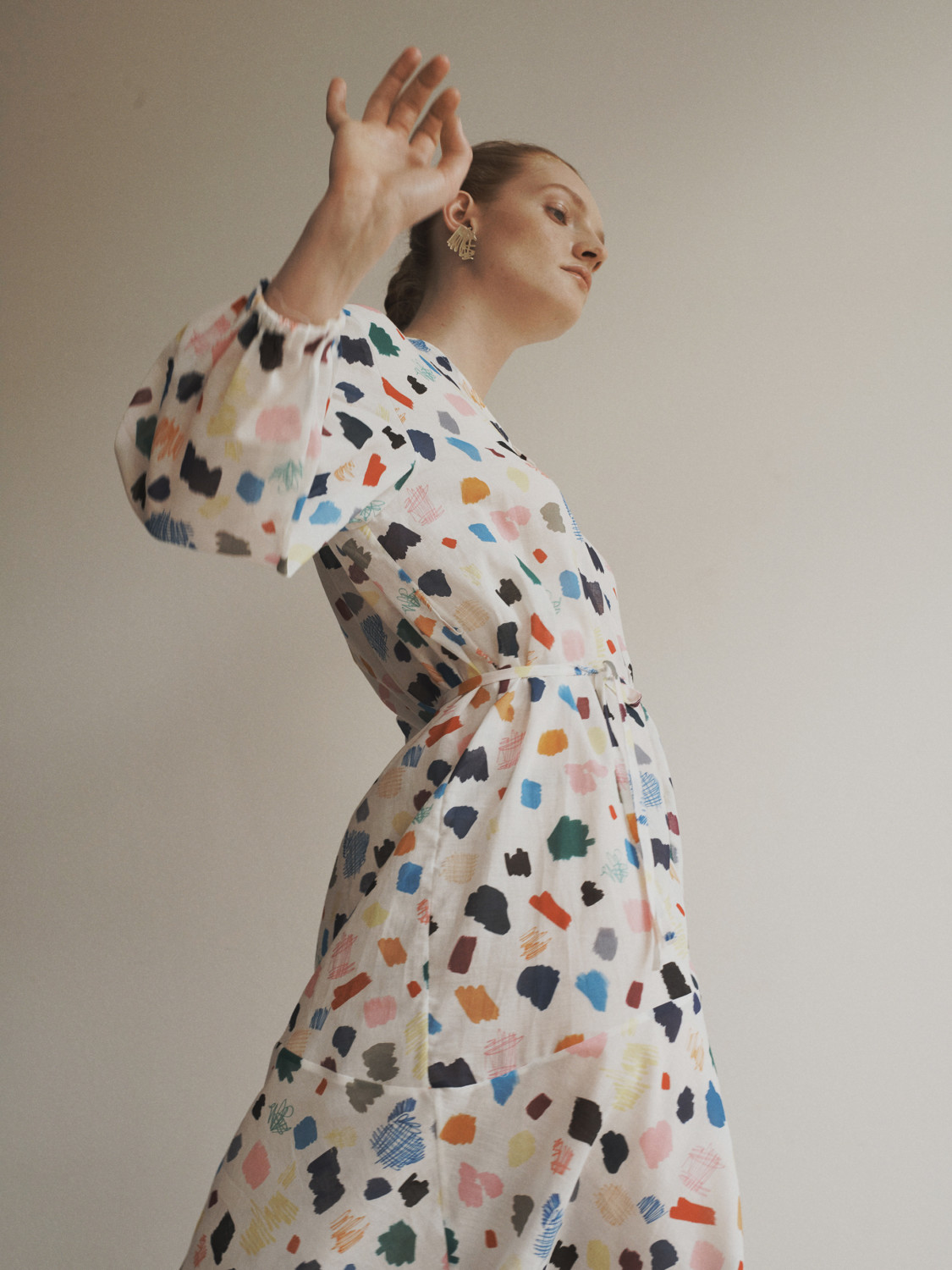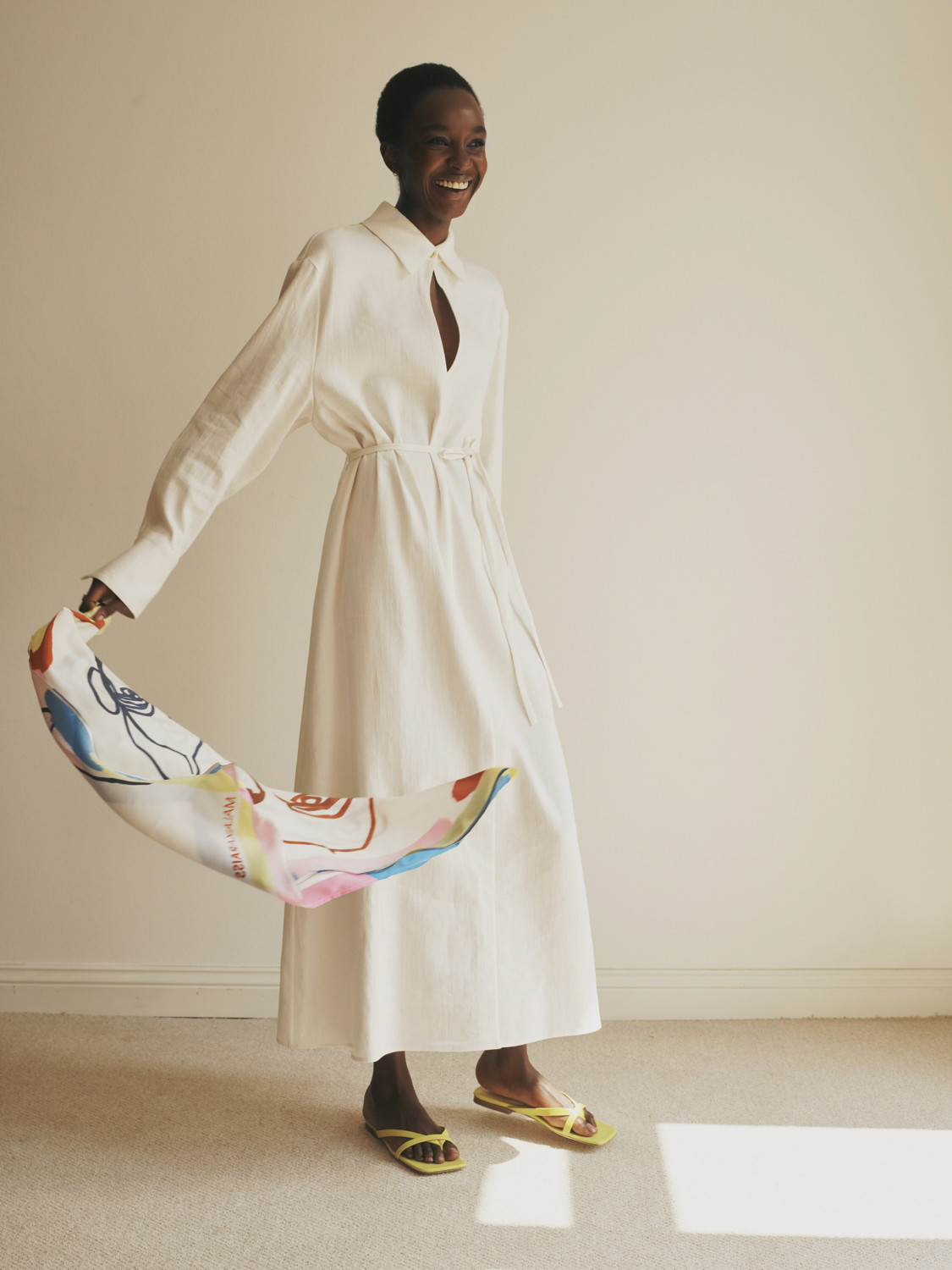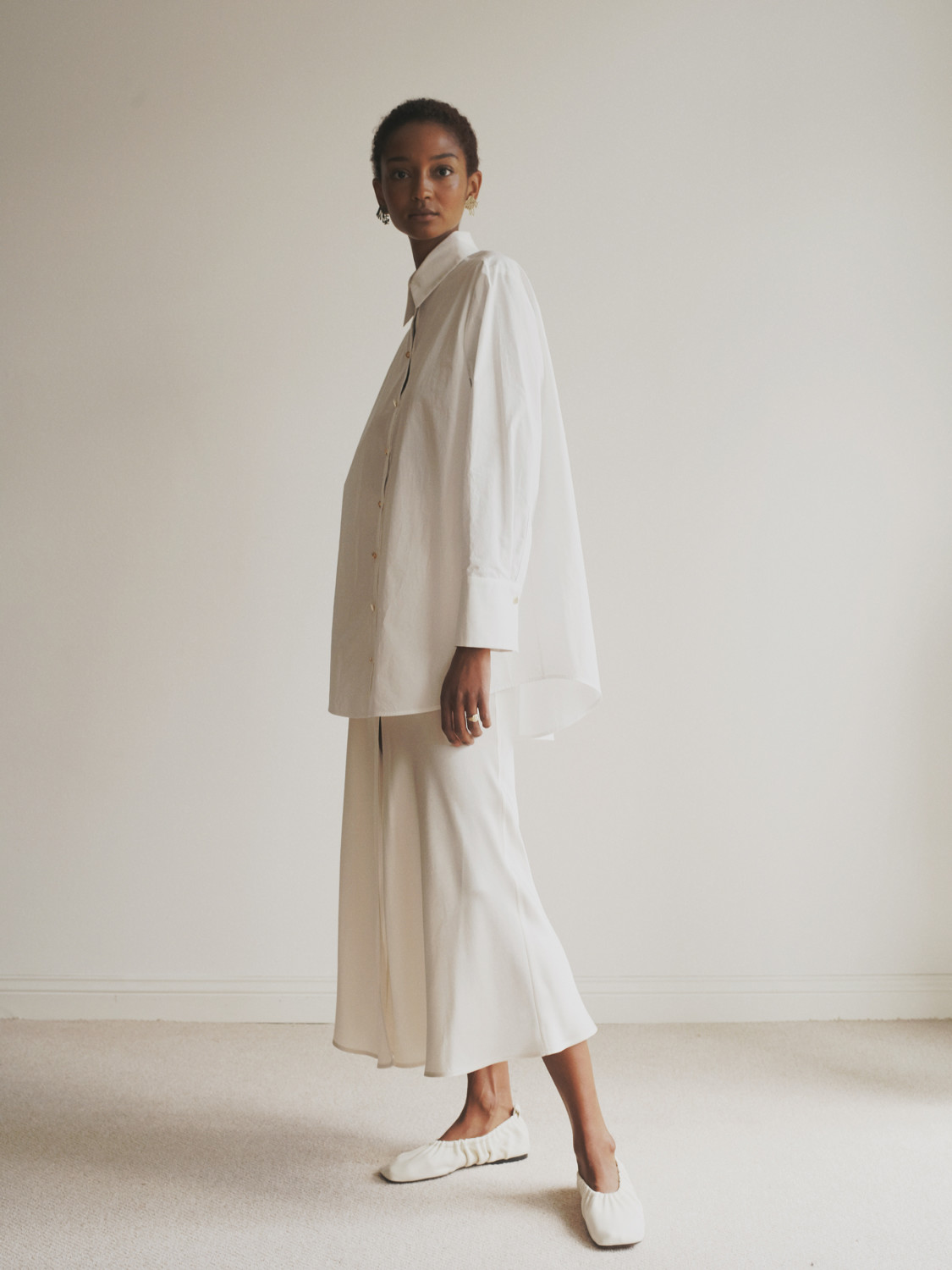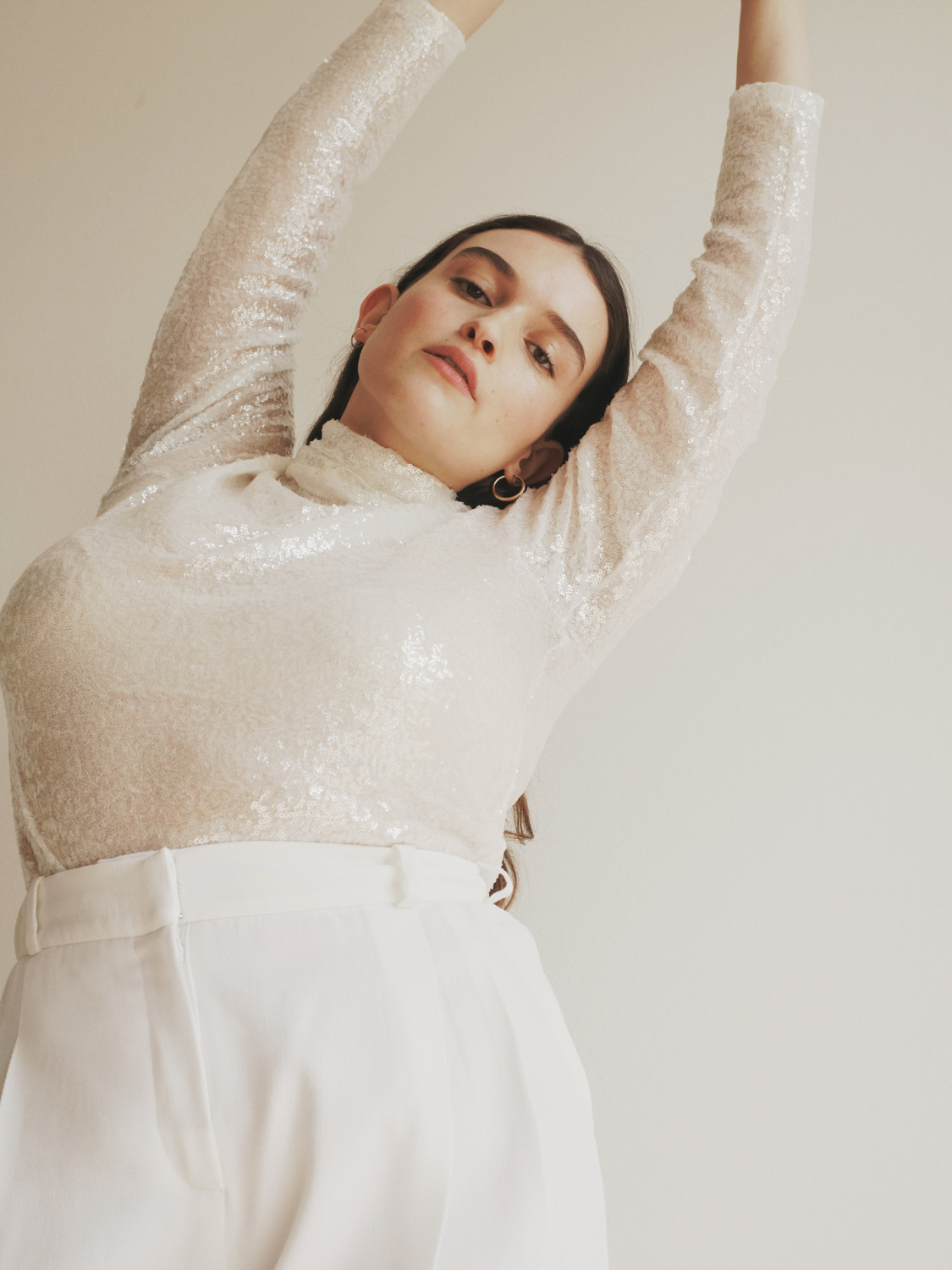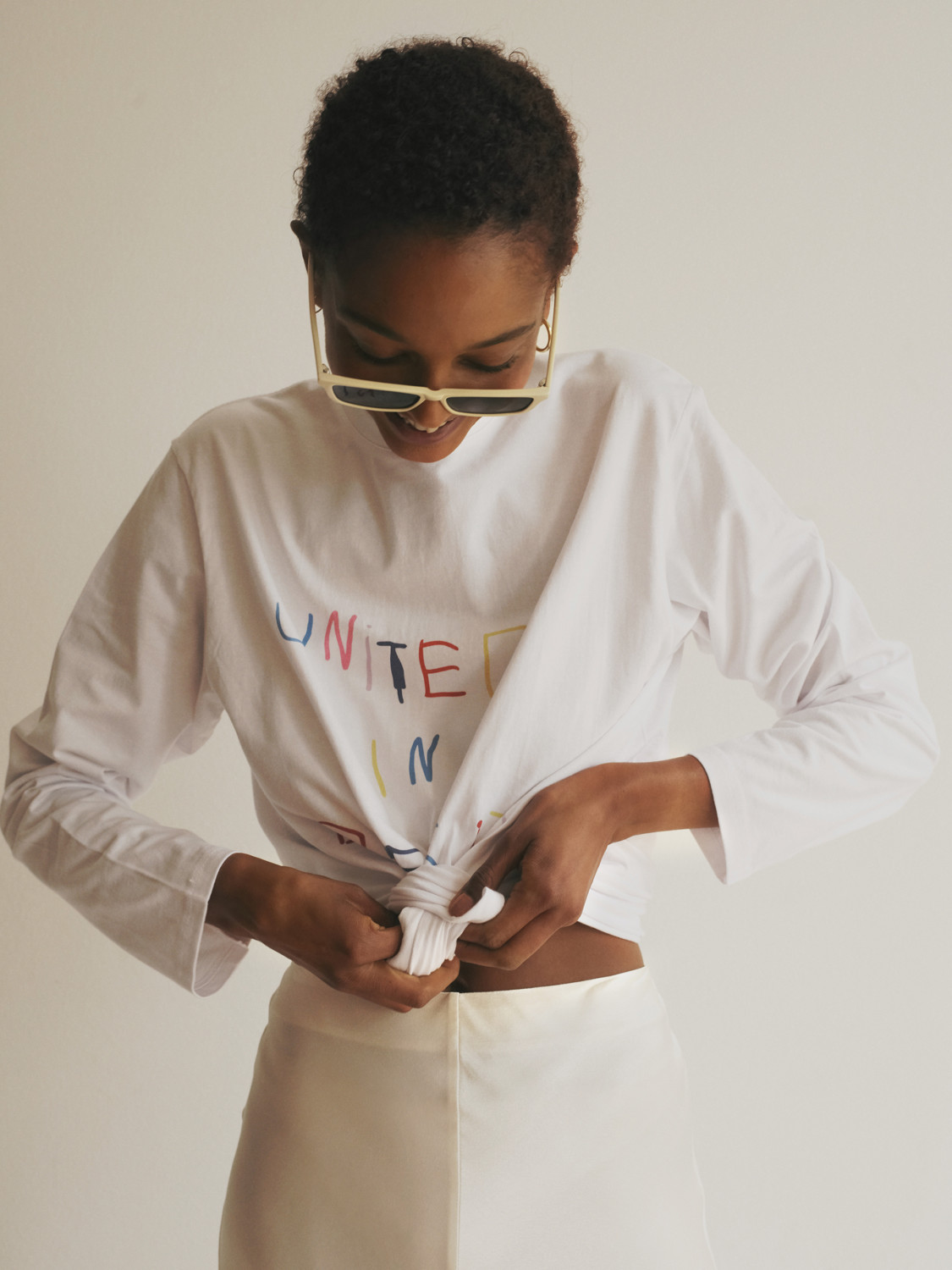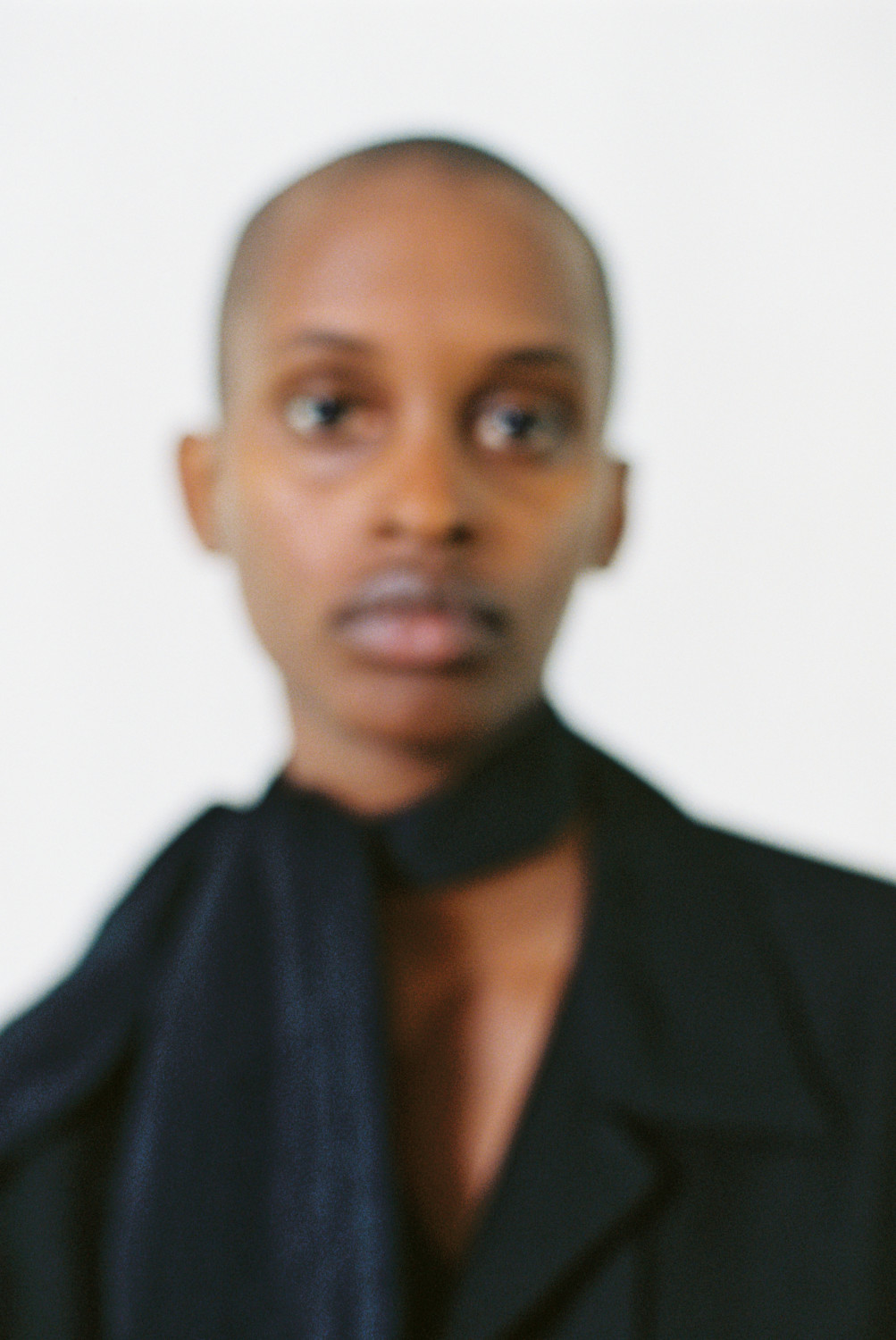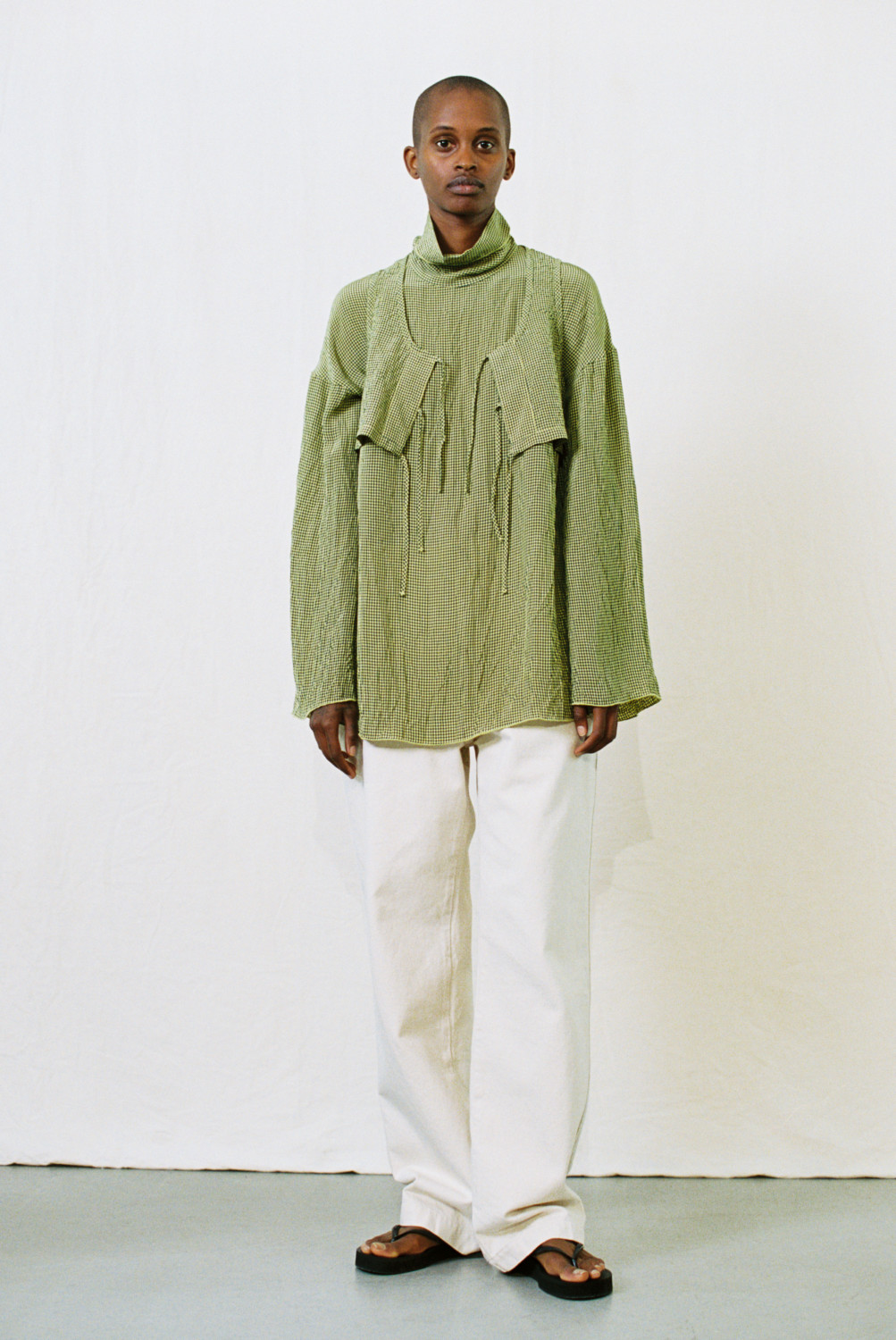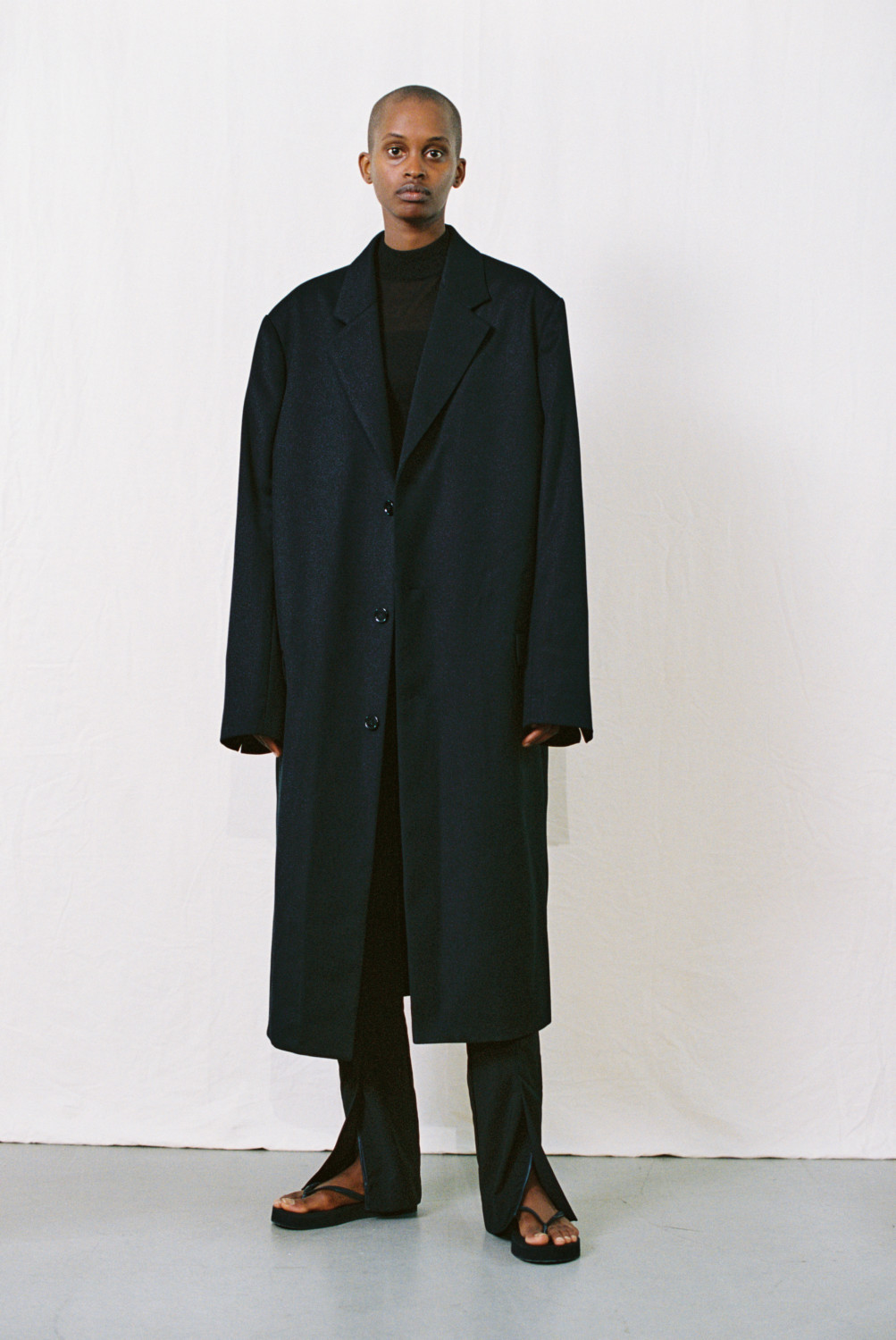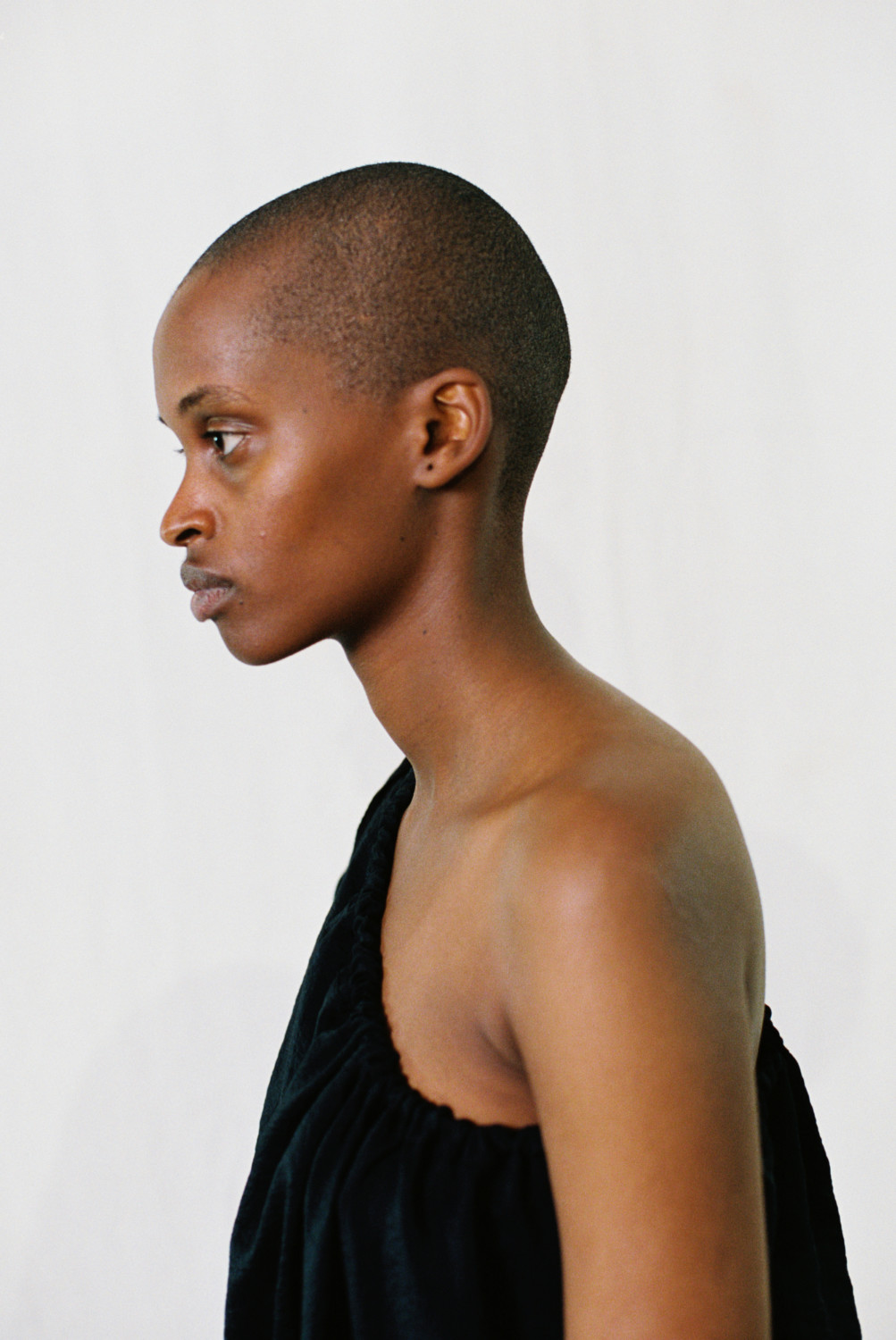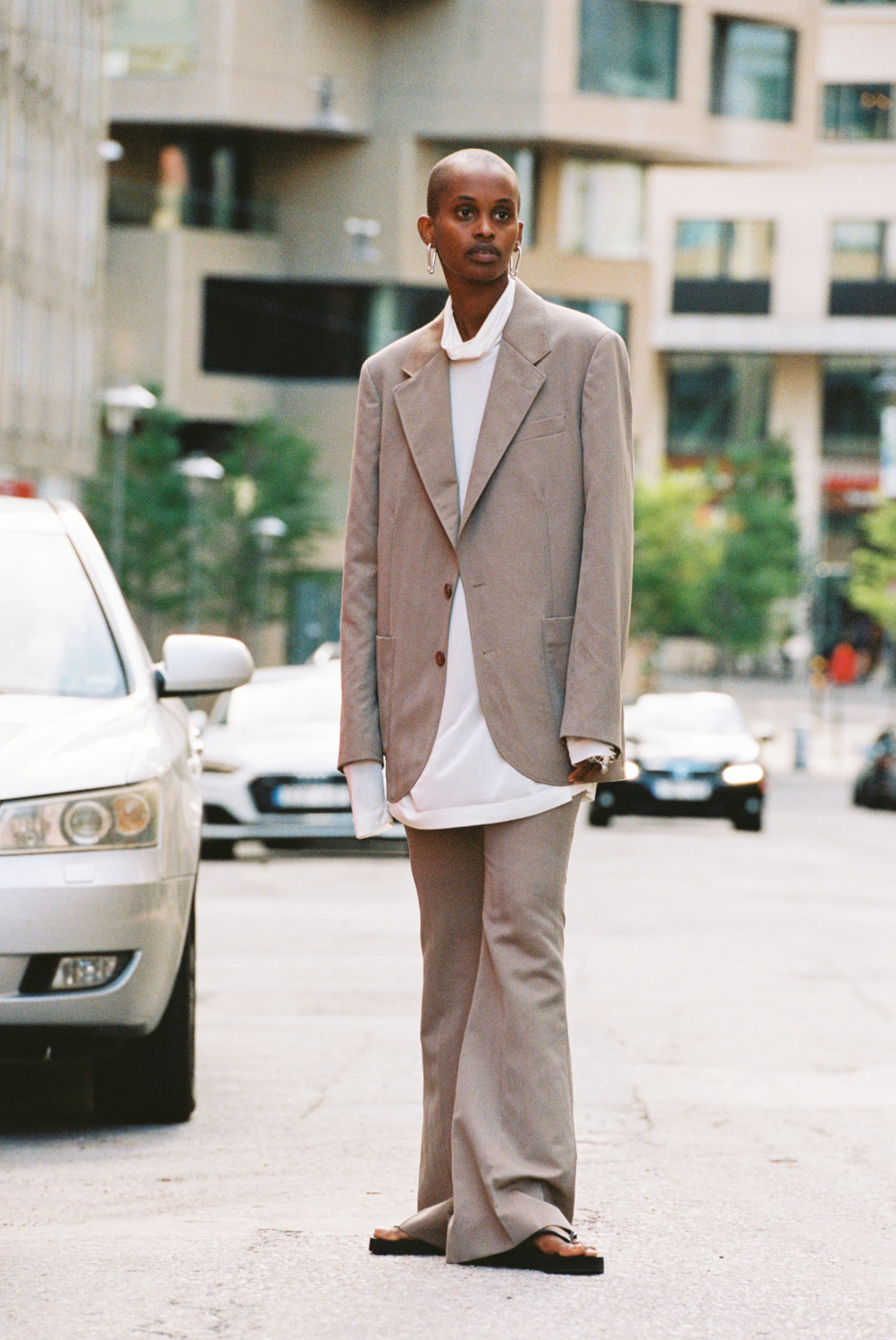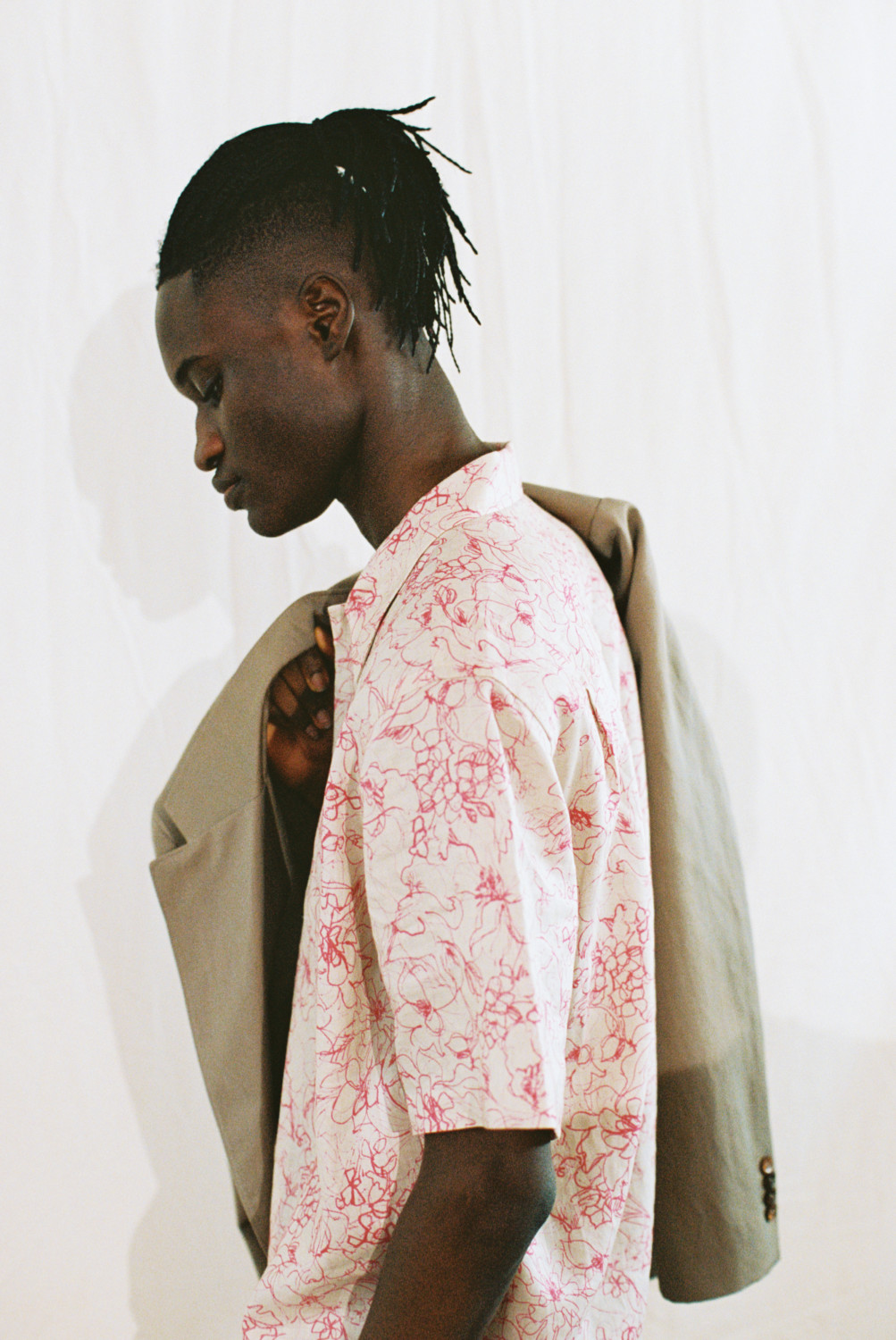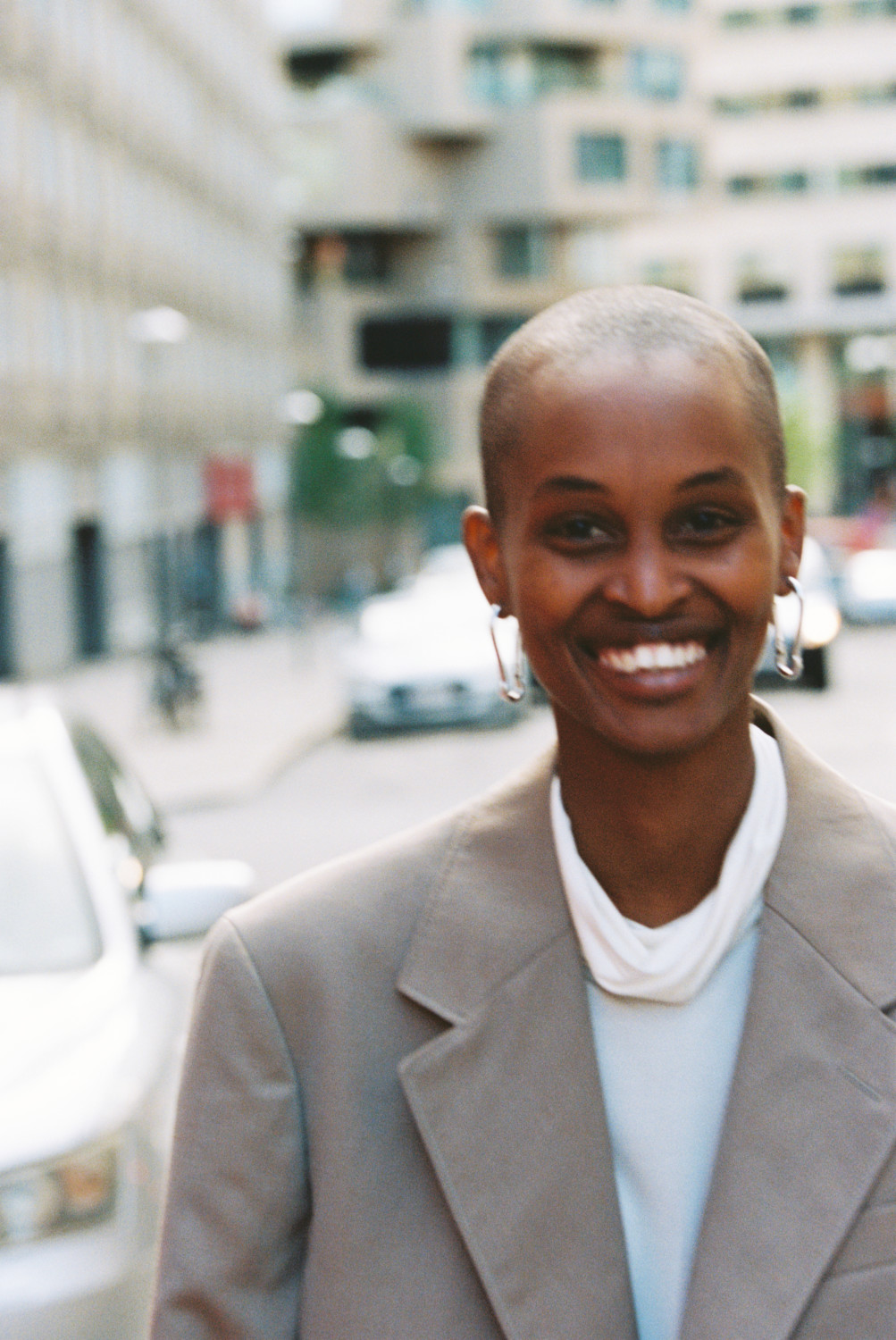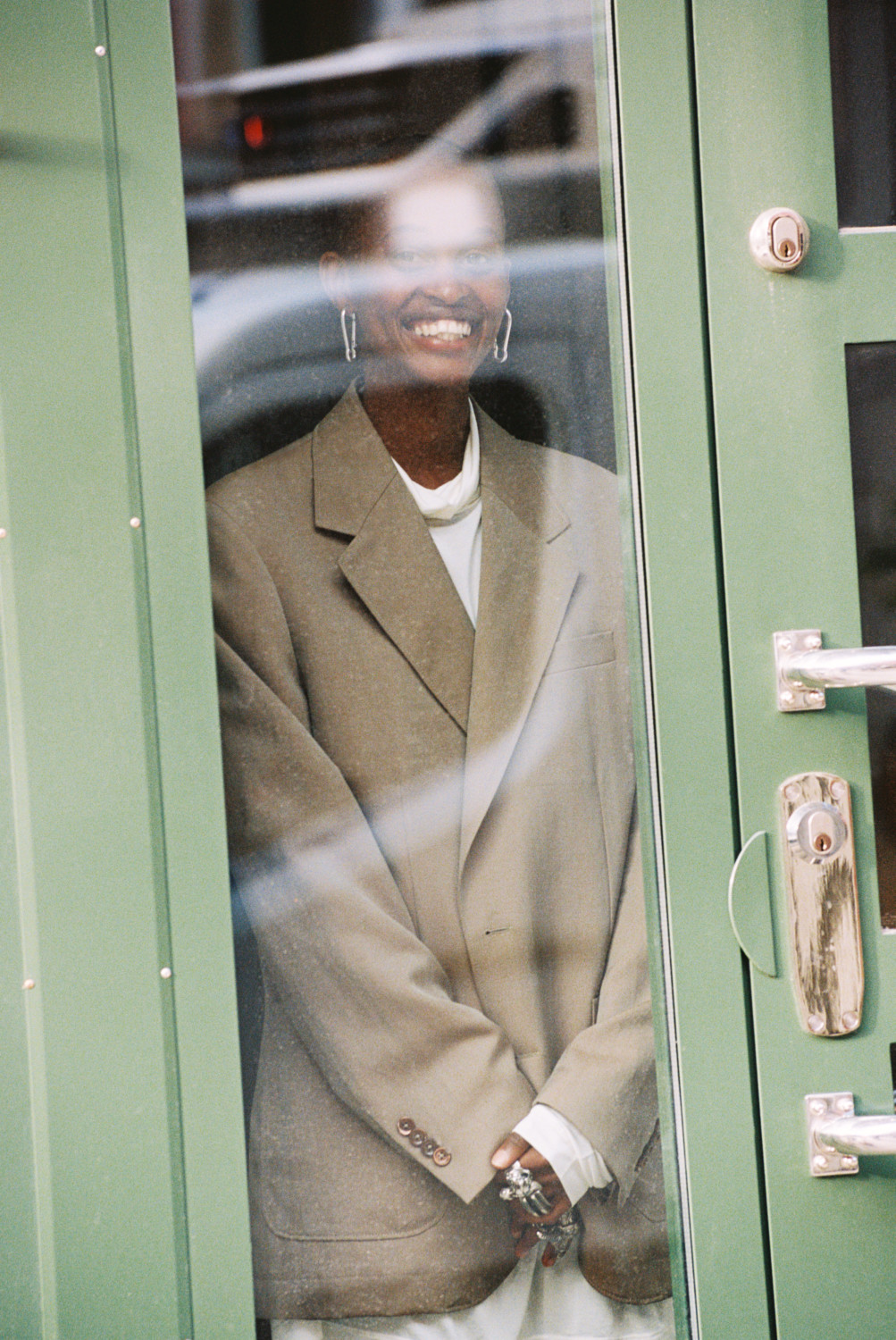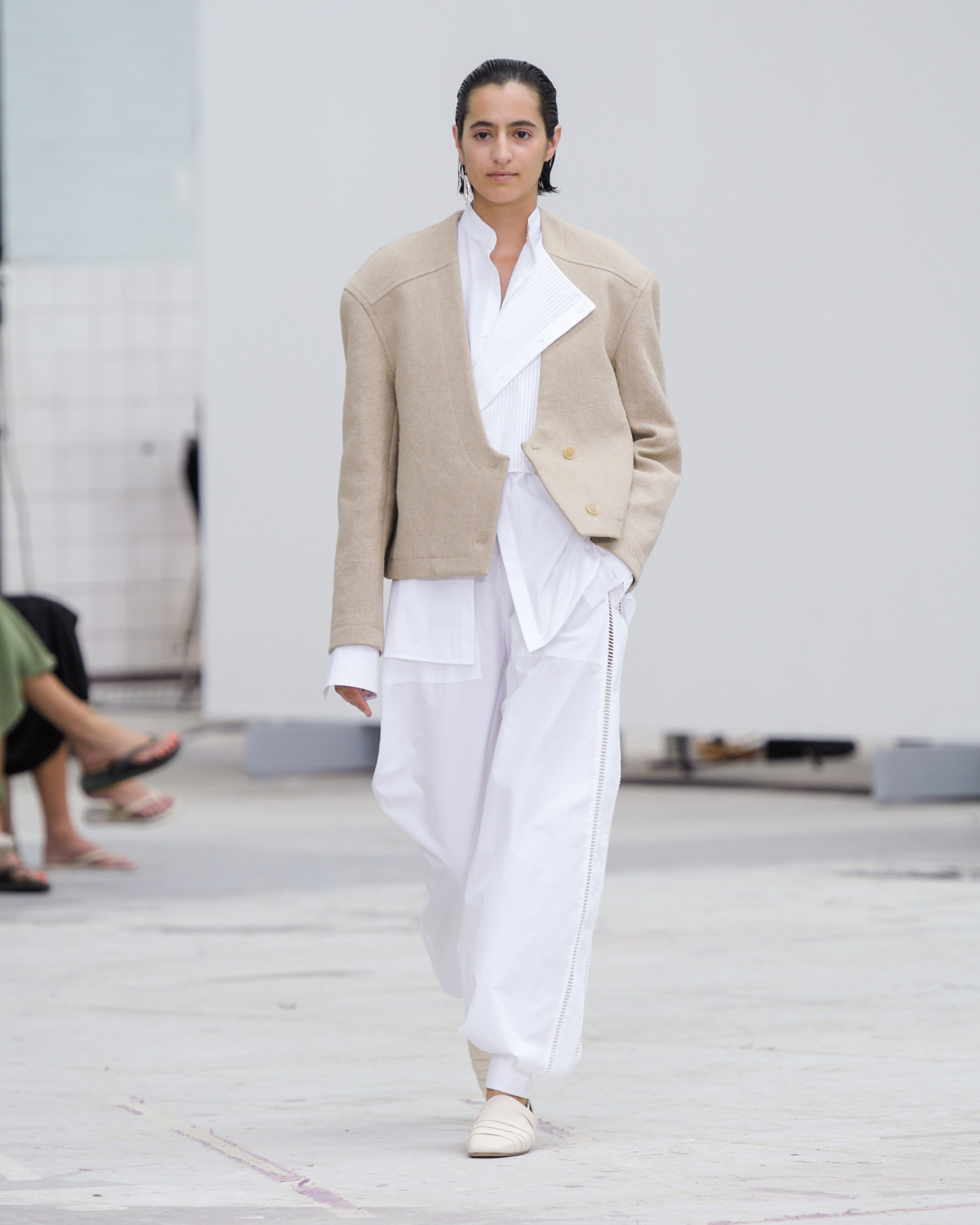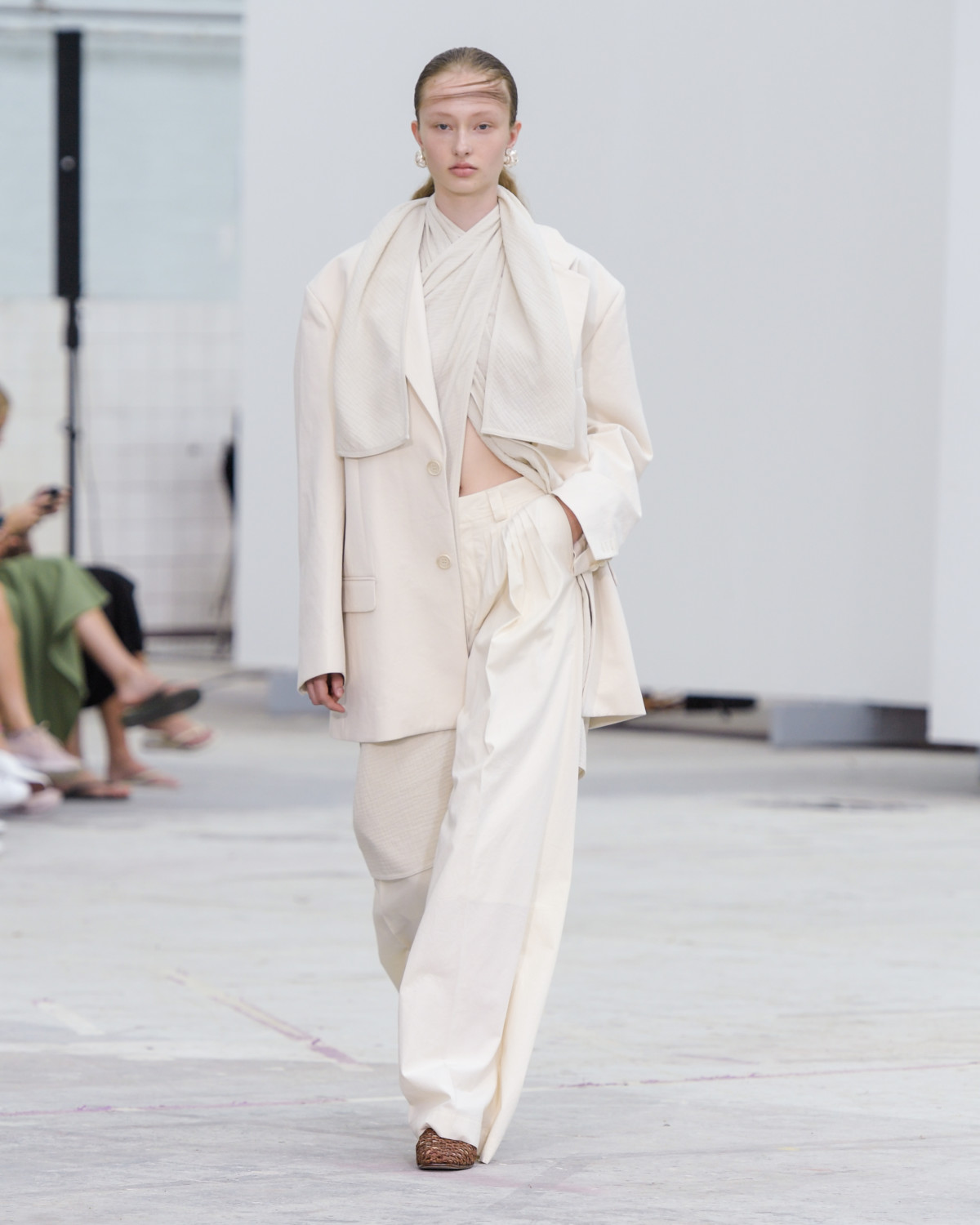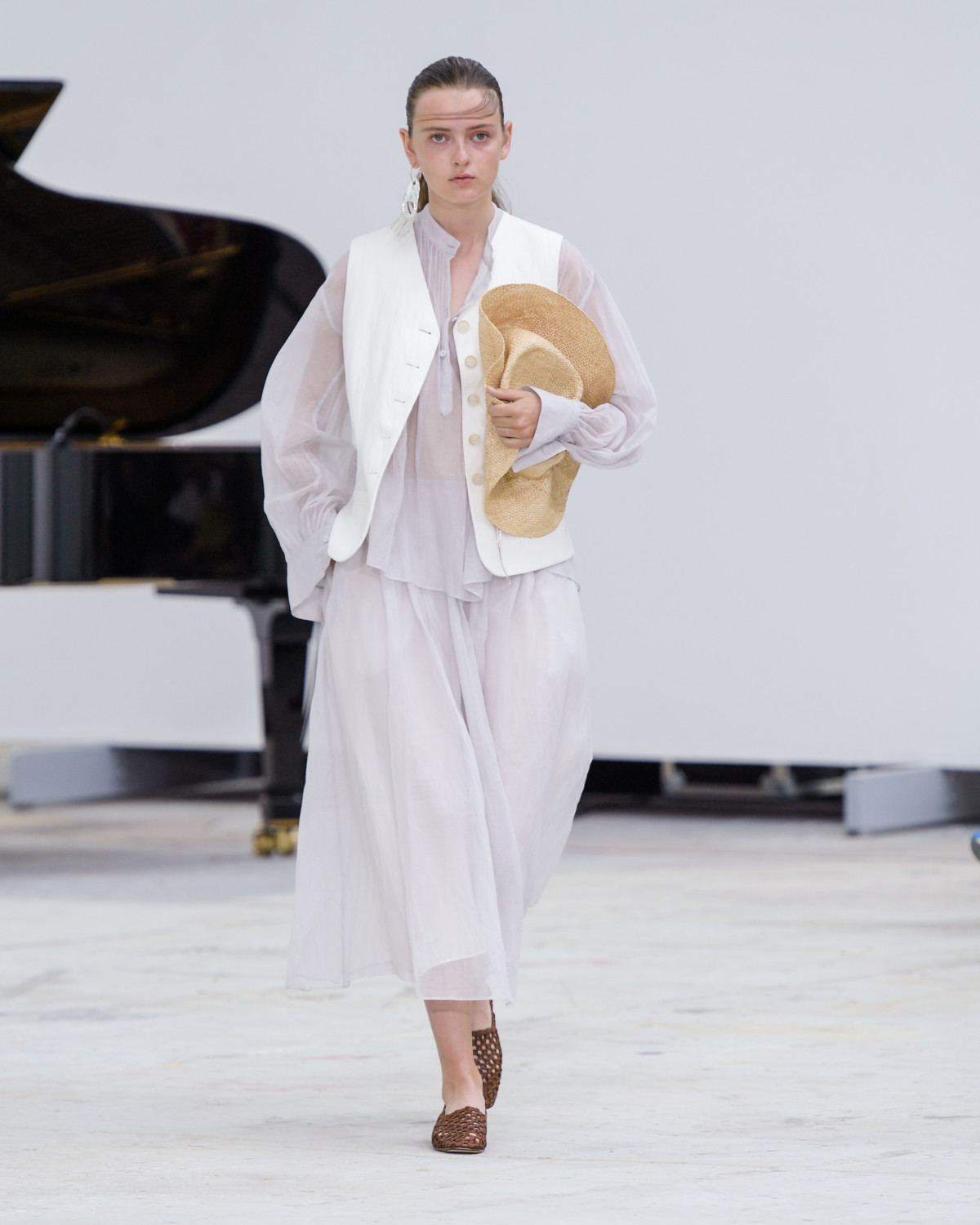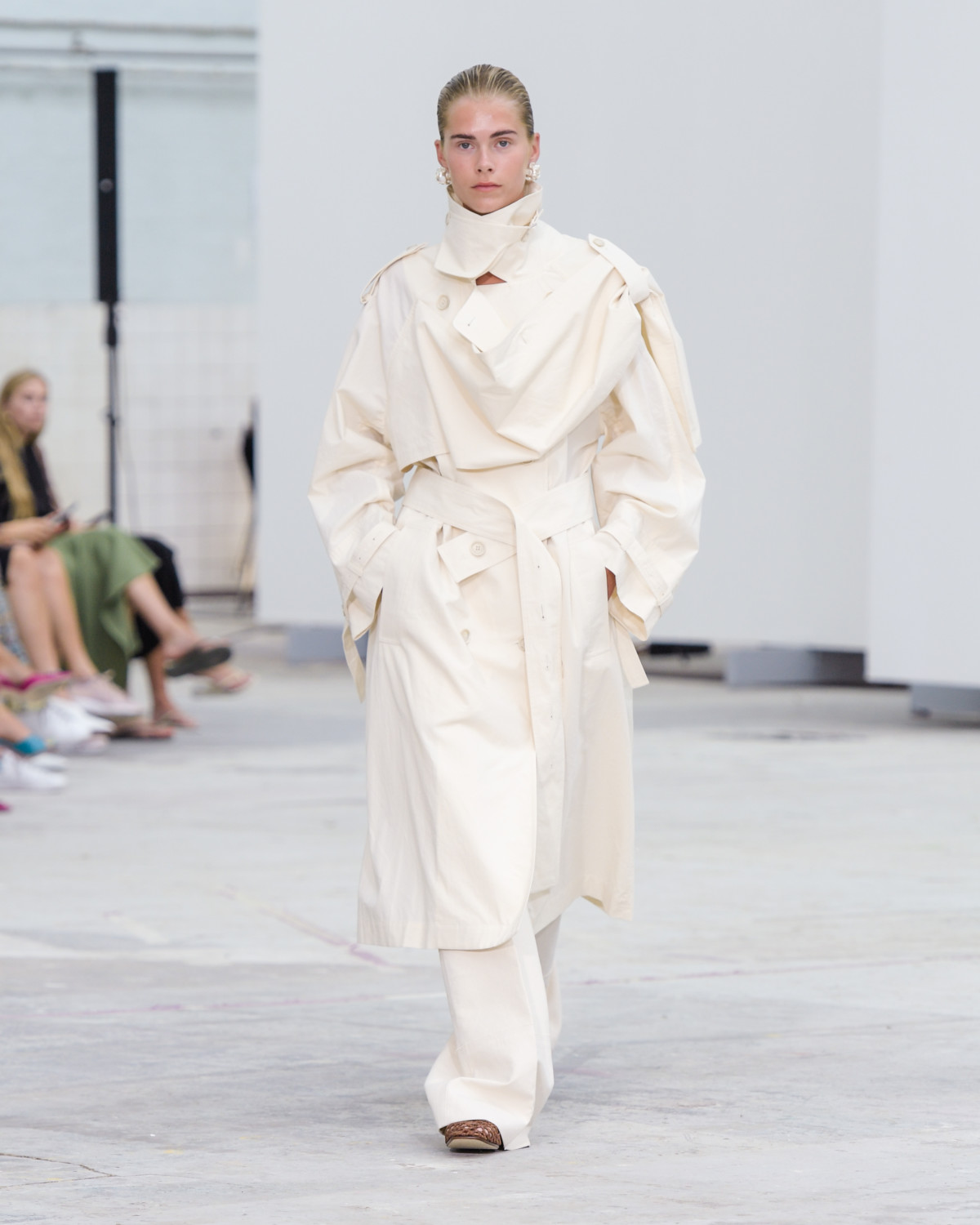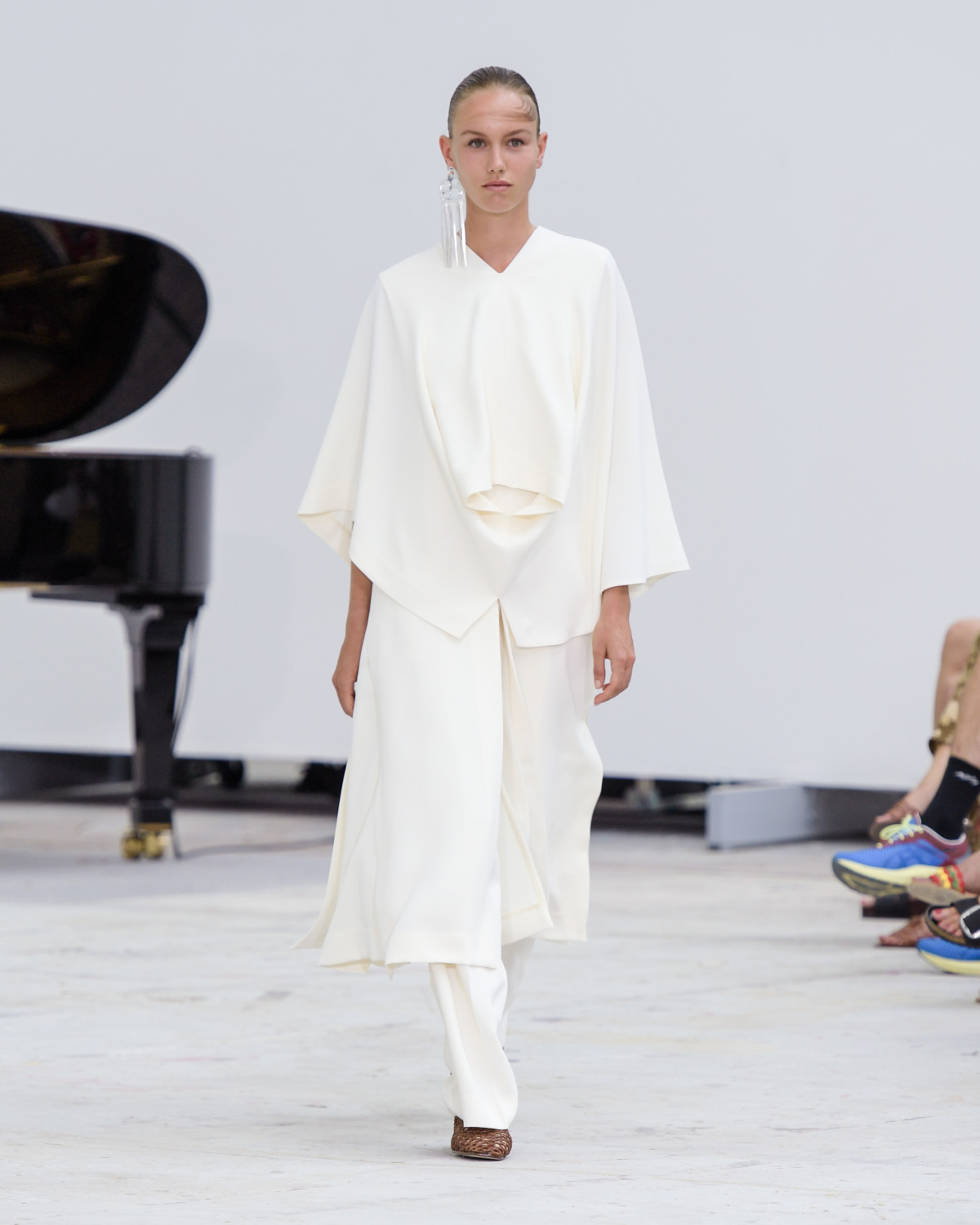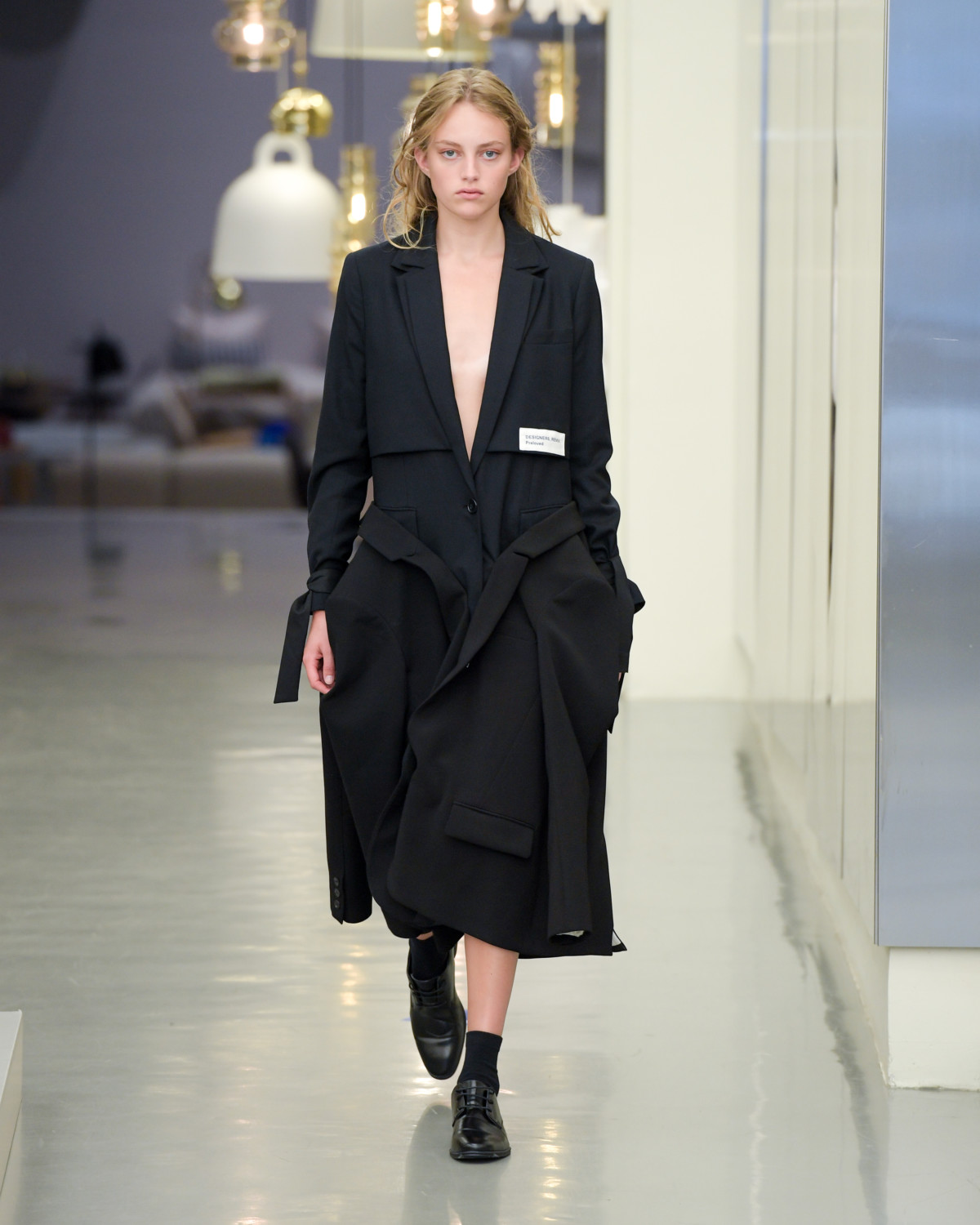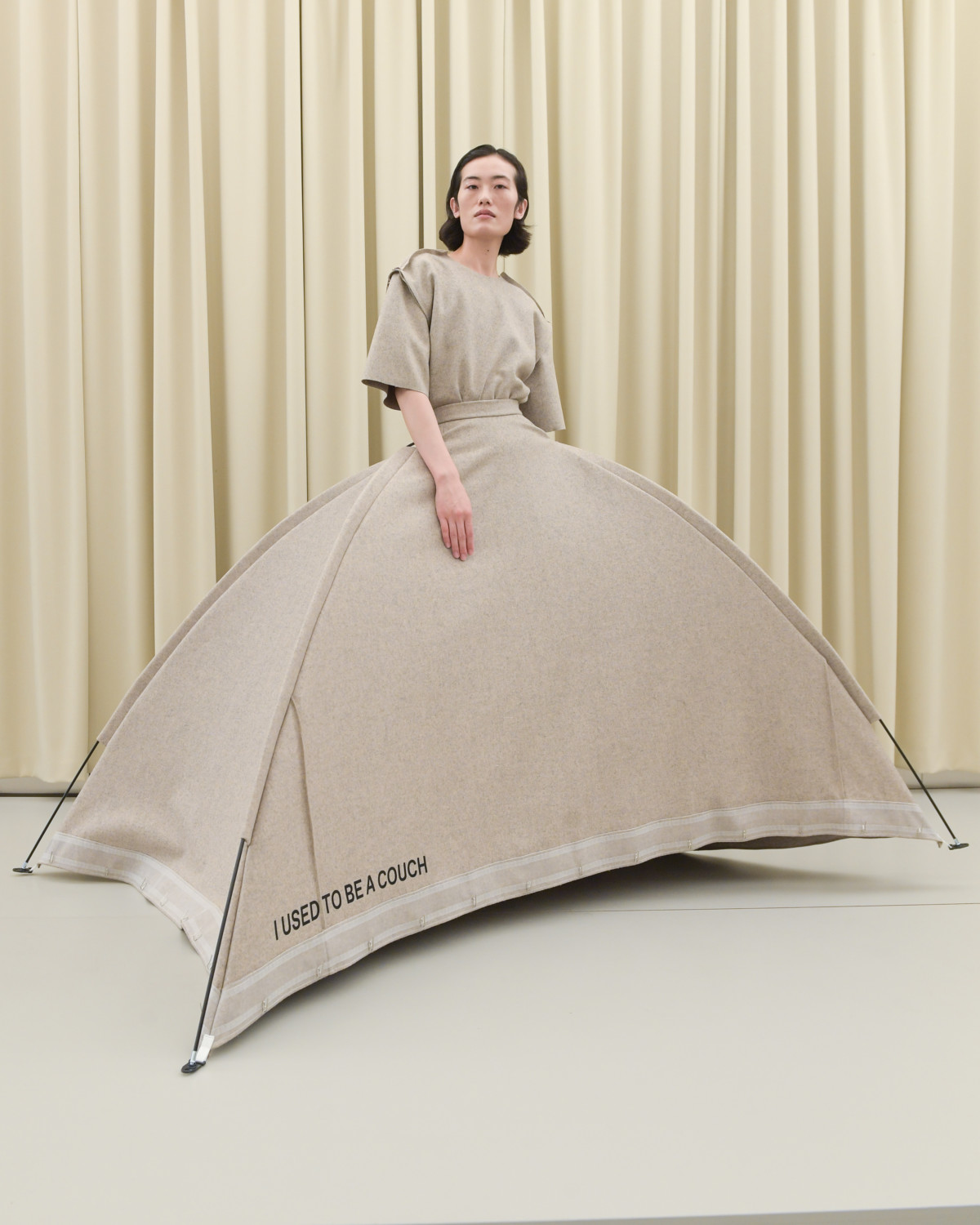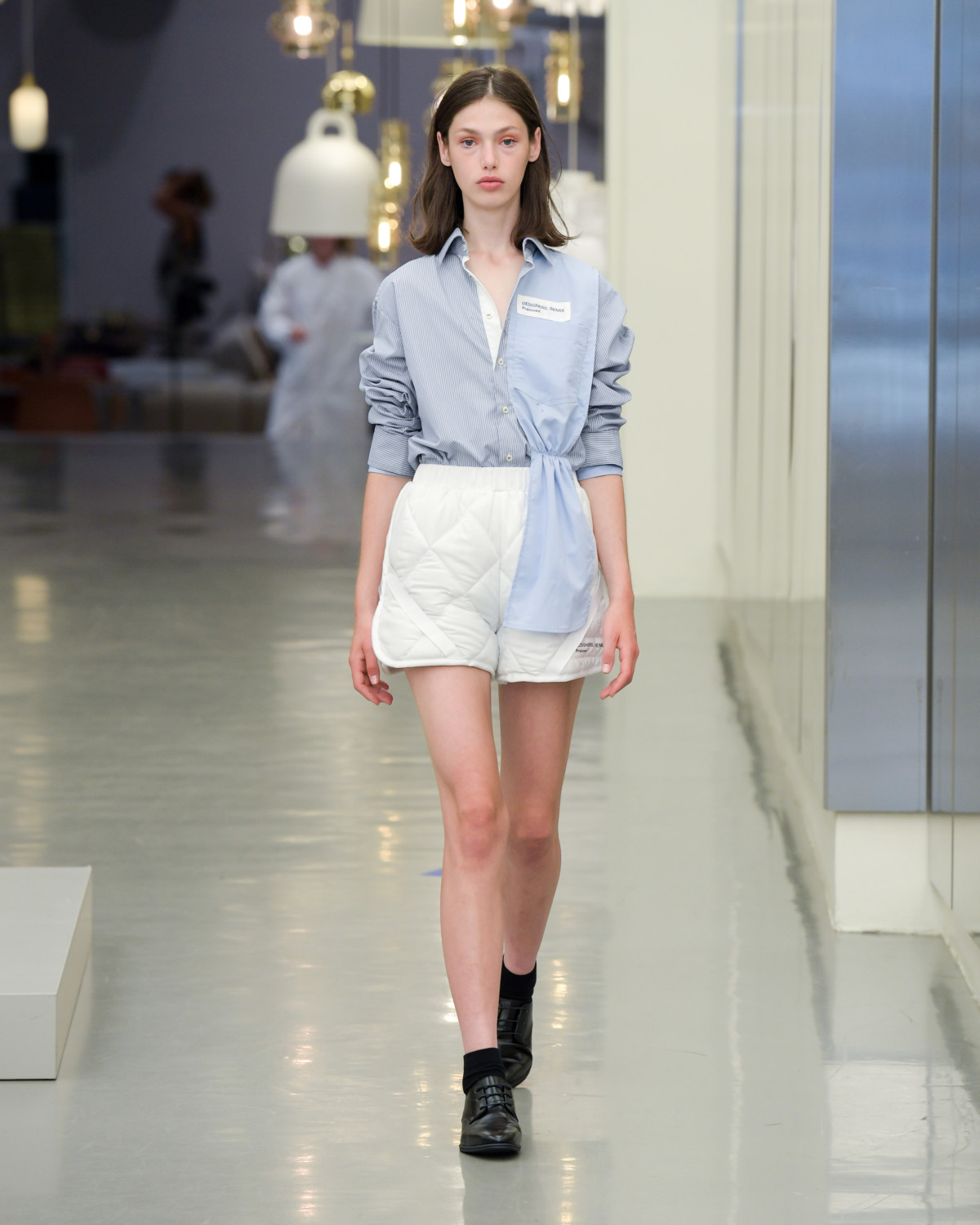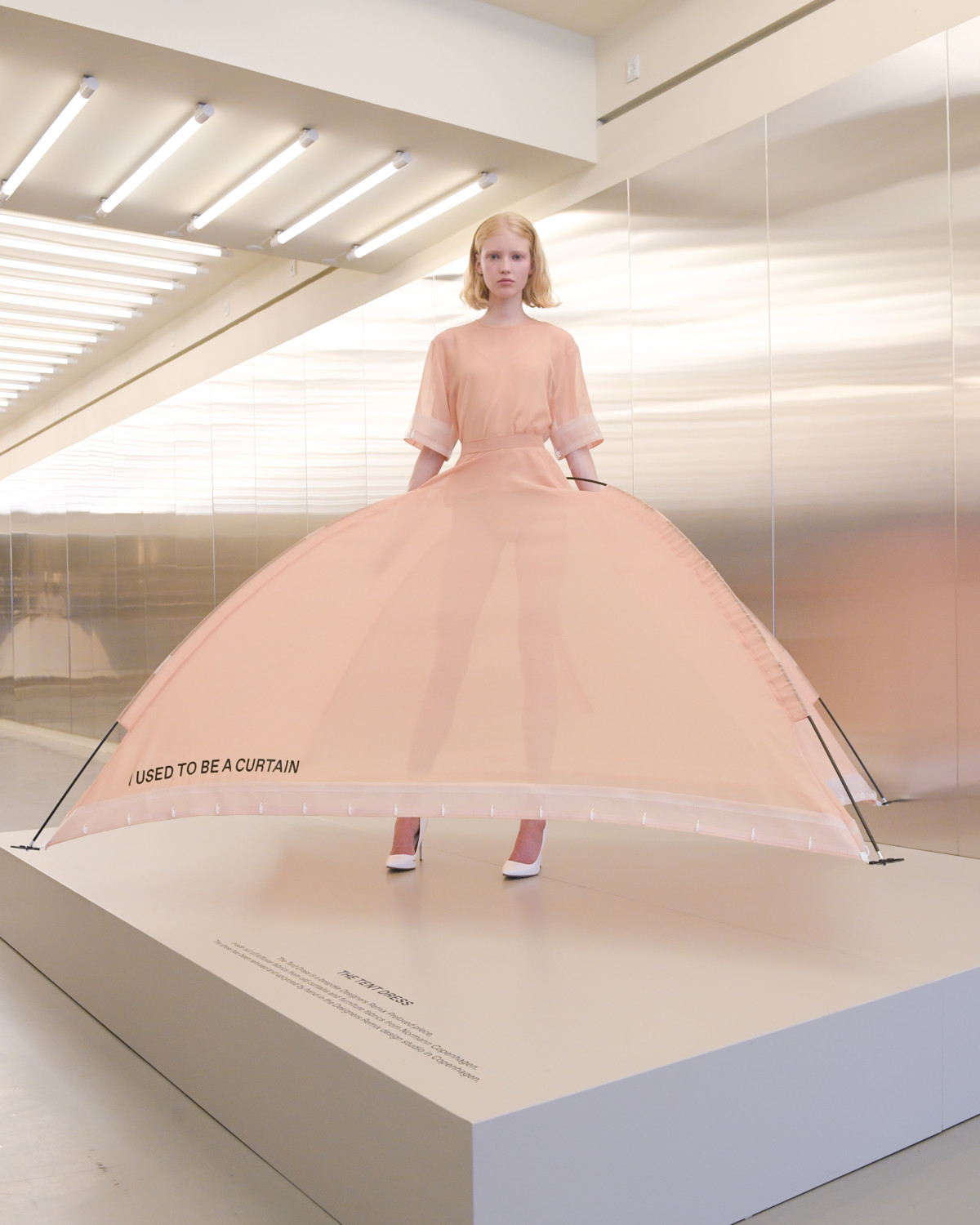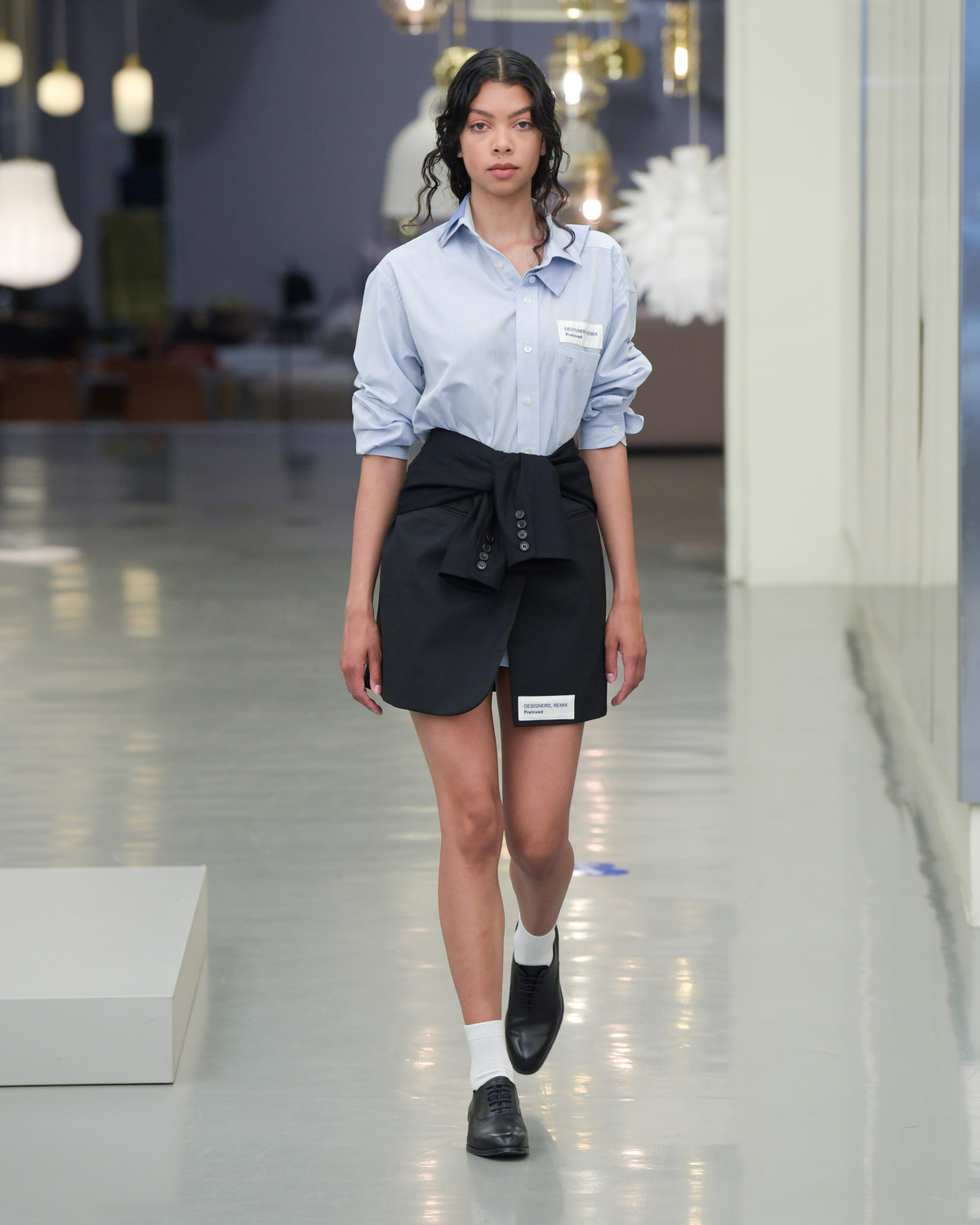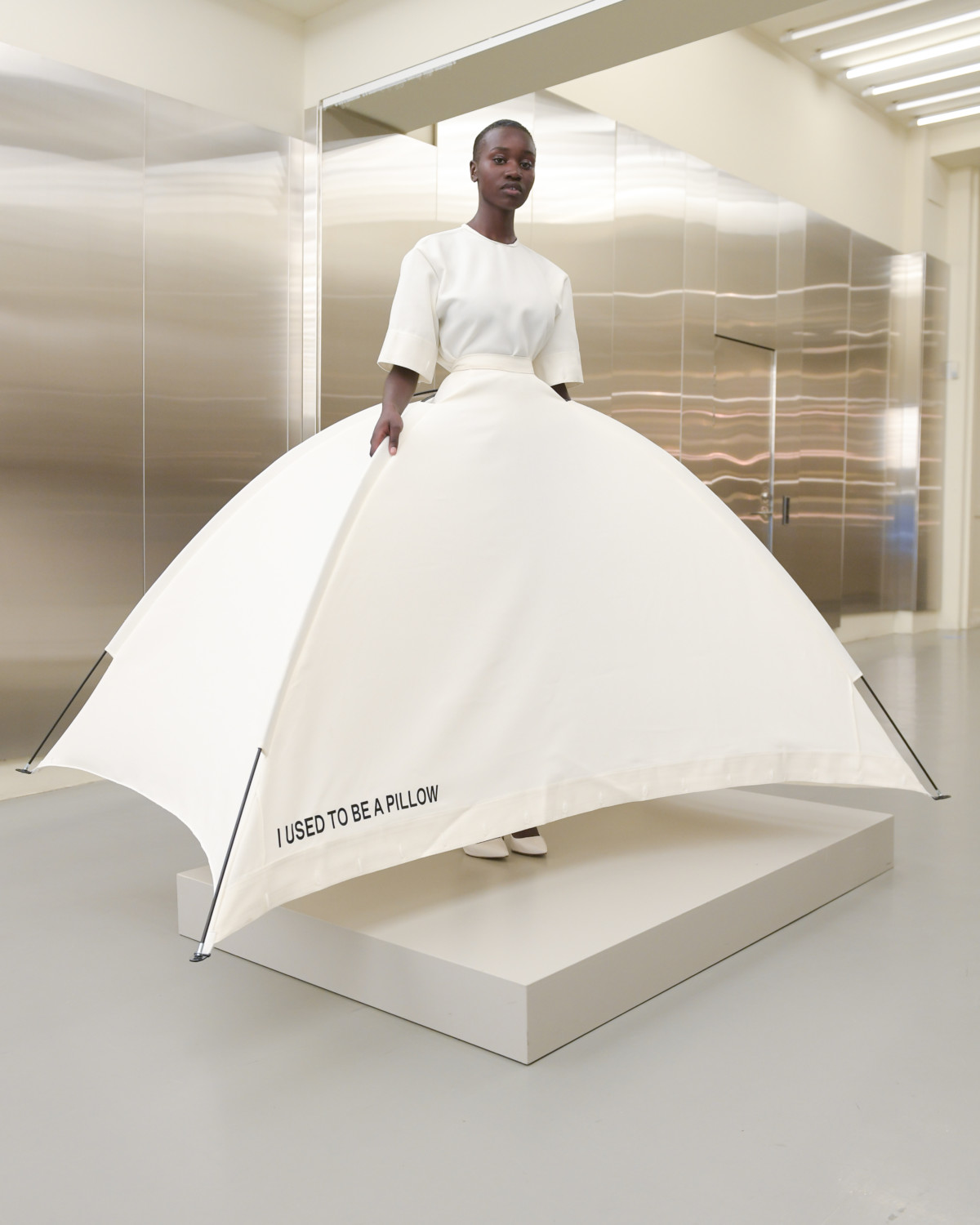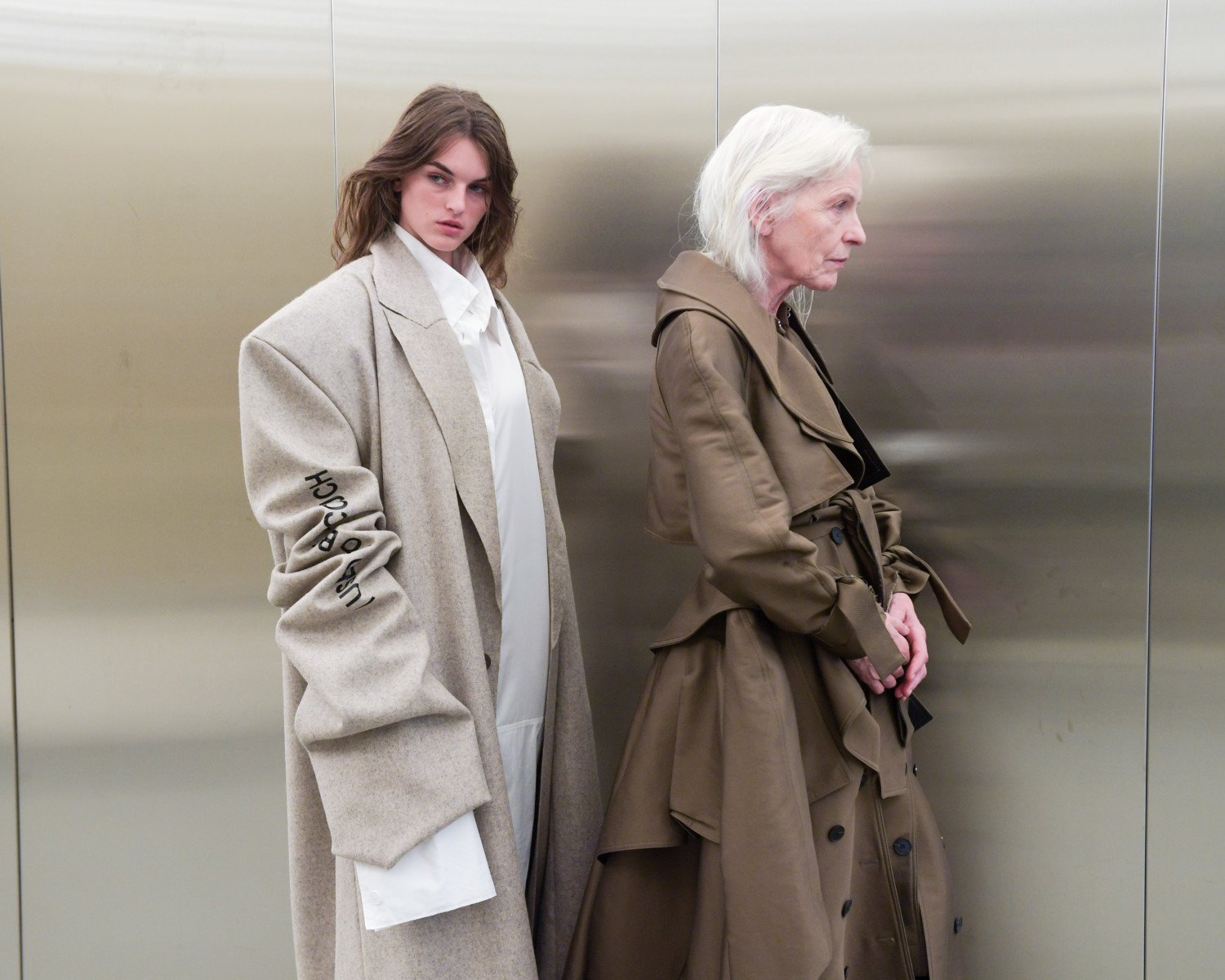MalaikaRaiss Spring/Summer 2021, Copenhagen Fashion Week
HOPE Spring/Summer 2021, Copenhagen Fashion Week
Mark Kenly Domino Tan Spring/Summer 2021, Copenhagen Fashion Week
Designers Remix Spring/Summer 2021, Copenhagen Fashion Week
Beyond the Material
A deep dive into Copenhagen Fashion Week shows that Sustainability is the core of contemporary challenges. If the question often ends up in measuring emissions and choosing new fabrics, the Danish fashion capital proved that true sustainability is somewhat different, as it specifically originates from the need to rethink not only how we produce, but also why.
As a matter of fact, Copenhagen aims at becoming the world’s first ethical fashion week: it is the first to introduce sustainability requirements the brands must pass in order to be showcased on schedule. Specifically, by 2023 it plans that all fashion designers and labels wishing to be showcased at CPHFW must comply with at least 17 ethical standards. It comes as no surprise that all shows taking place from August 9th-12th 2020 on the CPHFW72 digital platform put all a great emphasis on responsibly-sourced materials, but most of all, they proved to be highly aware of the economical and social turmoil that is happening all around us, offering a response to it. Taken as an opportunity for growth and positive development into the future of fashion, in this sense, COVID-19 has only offered the occasion to speed up the changes within the fashion industry.
“We need to find a way to stay with the trouble“, stated sustainability professor Kate Fletcher in a discussion with Moussa Mchangama – founder of In Futurum-, quoting techno scientist Donna Haraway: fashion needs to be aware of all the difficult messages around, it needs to take time to evaluate that the frameworks that shape our sector are the ones that we want, and then push in the right direction. It means taking bold decisions, even if this can be uncomfortable: “it will inevitably involve pain, challenge, grief even, but also bring tremendous opportunities we can’t imagine at the moment“.
Positive changes need to be undertaken especially within the structure of the fashion system itself, from an ethical point of view. It’s the “behind the brand”, as new leitmotiv under scrutiny, which is becoming for many brands the most relevant feature to communicate as part of their identity, their character, their values. Shedding light on the “behind the brand” means pushing the boundaries towards a more healthy, honest and transparent relationship with suppliers, producers and consumers. It involves major openness to inclusivity and diversity as a way to speak up, to communicate important messages intended to demolish toxic social convictions in our society. And again, it means providing the consumer not just a clothing store, but a little universe where he/she can mirror his/her values and construct his/her own personal style and power through individual free choices in terms of clothing possibilities. (Stine Goya, Gestuz, Rodebjer, just to mention a few brands).
Unity is the concept standing behind the Spring/Summer 2021 collection by Malaikaraiss, an all-female run business: unity is lowering the boundaries, being together, unity is love which holds everything together. Unity is the acceptance of the flaws and the beauty within them. The brand’s communication strategy is therefore a celebration of social diversity and inclusivity, which are also visible in Holzweiler.
HOPE aims instead at breaking down the barriers through a gender-fluid aesthetics: “Why should we dress according to gender? Style has no gender but still, the fashion industry is quite single-minded when it comes to these things“. Creative director Frida Bard wants to offer a solution against all cultural constructions and old conventions we are supposed to accept; yet, as such, they can change, by bringing forward more perspectives and make space for diversity. Called A new Standard, the thesis is based on the conviction there is no reason why clothes should be decided by gender; on the contrary, it is all about personal expression and style before gender. No wonder then if you bump into the double size system for both men and women on the label of the same garment!
Sustainable is also a disruptive behavior in fashion’s intrinsic structure and fast-paced schedule. It is something that involves a new kind of production schemes, based on a more long-lasting designs and the concept of “slow fashion”, wanting to change the mindset influenced by fast fashion all over the last years. For its minimalist and timeless designs, Mark Kenly Domino Tan is one of those many brands which realized that extending the life of fashion products is crucial for a more sustainable production and consumption, and it can be achievable through quality materials that can last a lifetime with minimal care.
Nynne as well seeks to transcend seasons and superfluous trends, through an exploration of different cuts, shapes and silhouettes of a pragmatic design: it is founded on the idea of comfort and excellent fit, resulting into functional yet glamourous pieces for everyday life. Of the same production imprint, SELECTED Femme/Homme, By Malene Birger and Lovechild 1979, whose powerful feminine style is based on a timeless appeal for different body sizes.
As a solution to wasteful business models and reckless production, Rixo and Soeren Le Schmidt chose a made-to-order approach instead: they create styles and prints which are limited in numbers so there is no fabric waste and no warehousing. As a consequence of that, they have a very low impact manufacturing systems and reduced transportation, allowing for more customized designs for the customers.
The Danish brand Custommade has instead started a project called By Numbers, which aims at creating limited-edition collections, id est numbered styles made out of luxurious fabric remains from different fashion houses.
Whyred challenges the traditional way of doing fashion by letting the consumers experience the brand in timely drops (every second month in small volumes) adjusted for consumer moments, instead of seasonal collections: stepping away from the high-paced and unsustainable fashion calendar allows the brand to put love back to the product, and to have more control over a fashion product, as declared by creative director Jessy Heuvelink.
Much attention is also put on the employment of selected materials in the perspective of circular industry: Designers Remix makes full use of already existing resources in order to create one-of-a-kind clothing pieces and “close the loop” on waste. Since 2002, indeed, the brand’s experimental vibe finds expression in remixing and upcycling deadstock products: old men’s collections, furniture fabrics and vintage pieces gave life to spectacular dresses for Spring/Summer 2021, which reveal their origin: “I used to be a curtain”, “I used to be a pillow” or “I used to be a couch” written on them in big letters.
And if Rodebjer doesn’t have the in-house knowledge about how to produce sustainable fabrics, it looks for collaborations with suppliers who already own the expertise in the field, in order to progressively change all its fabrics into organic or recycled, fostering mindful consumption habits and limiting its environmental impact. Collaboration is also at the core of Remain‘s business, whose upcycled pieces are created in partnership with the Copenhagen based upcycling label (di)vision: the resulting 7 unique pieces are deconstructed in the middle and rejoined by a zipper in the back, so all garments can be recombined by the wearer in infinite possibilities.
The business of re-selling also is actually blooming, as confirmed by Fanny Moizant, president and co-founder of Vestiaire Collective, the platform whose mission is to give first-hand luxury clothing a second life and make it more affordable, besides obviously offering a different choice as a response to overproduction and overconsumption.
“The consumer has changed because the industry has dramatically changed“, she explained to Moussa Mchangama during one of the series of “Small talks big conversations” at CPHFW. “All of this because of the influence of fast fashion, back in the days, which has massively accelerated the pace of the industry. As a consequence, the consumer is always drawn to newness, to new items” to showcase also on social media. “We understood that the consumer’s behavior has been producing so much waste“. The aim of Vestiaire Collective is then to give value to this waste, and encourage people to re-use and to find treasure in other people’s wardrobe; in those products which are no longer new but still have value and quality in themselves and they can be appreciated by other people. This initiative intends also to encourage brands to slow down, and at the same time to “democratize” fashion to a wider audience, involving more and more brands to join the project of re-selling the old.
The Reclaim project by HOPE follows the same path: still under development, the idea is to lengthen the lifespan of garments, by re-selling the old HOPE items as second-hand garments and their recycling in a proper way. “Our clothes are made to be worn for years with quality and style that last. However – we know that things change. Your style might change. Your body too. But something you’ve once loved might bring someone else the same joy in the future“, states a note from the house.
Copenhagen Fashion Week proved to be taking big steps in terms of Sustainability; at least, it put into the highlight some of the most responsible choices that will pay off in the long run. It’s a beginning of an active and fertile engagement in what looks like a positive development, which strives to look forward in the future of fashion. To paraphrase Kate Fletcher once again: “There are seads of change, seads of hope, and we need to cultivate them“. Then, the theory goes, meaningful action will follow.
Go to the Copenhagen Fashion Week digital platform to find more contents:
These photos are only a low resolution demonstration.
If you want to use the hight resolution, you must subcribe to our images database. You may ask us any commercial information simply filling out our Contact Form. For editorial use only.
Follow us with the hashtag #showbitcom



